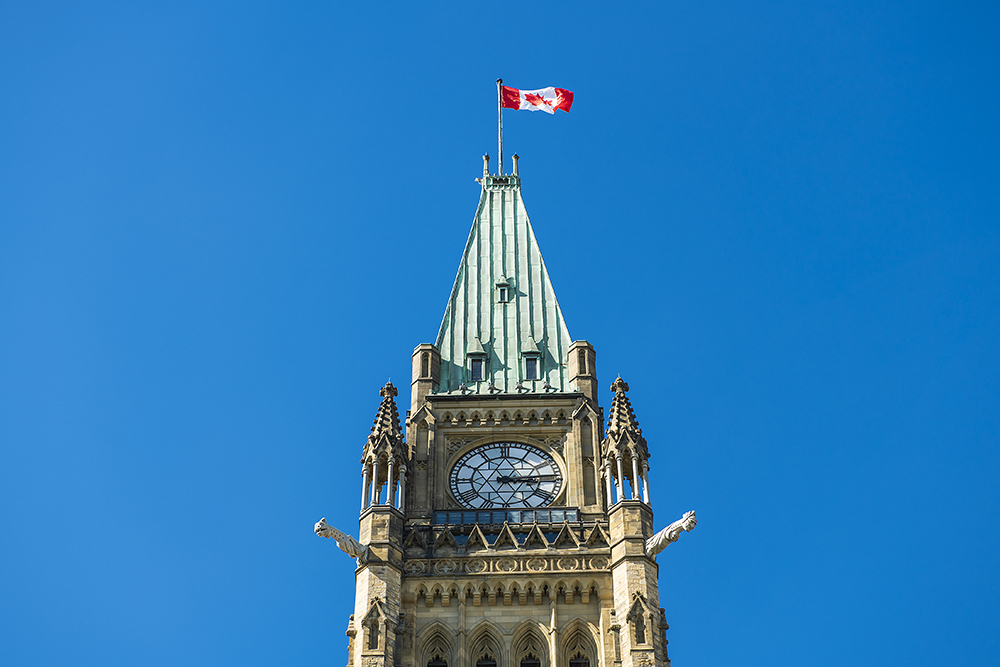

Features
Diversity & Inclusion
Legislation
Black, 2SLGBTQI+ workers to be added as protected groups under federal Employment Equity Act
December 12, 2023
By
Todd Humber
 (pololia/Adobe Stock)
(pololia/Adobe Stock) The federal government is planning to add Black and 2SLGBTQI+ people as newly designated protected groups under the Employment Equity Act.
The legislation, created in 1986, is designed to help knock down barriers that prevent marginalized communities from achieving their full potential in the workplace. It applies to federally regulated workplaces and mandates fairness, equality and equitable inclusion for workers.
Additional updates include replacing the term “Aboriginal Peoples” with “Indigenous Peoples” and changing the definition to include First Nations, Métis and Inuit. It also is replacing the term “members of visible minorities” with “racialized people” and is aligning the definition of “persons with disabilities” with the Accessible Canada Act.
Ottawa launched a task force in 2021 chaired by professor Adelle Blackett of McGill University to undertake what it called the most comprehensive review of the legislation since its introduction. That report is very clear: “Diversity is fact. Inclusion is a choice. Equity is the law,” it said in a press release.
“When you include everyone, you get the best. Professor Blackett’s comprehensive final report outlines what we need to do to achieve and sustain true employment equity in Canadian workplaces. It is our responsibility to make sure the hard work done here results in real change for every worker and workplace in this country,” said Minister of Labour and Seniors, Seamus O’Regan Jr.
“We are often told that diversity is a fact, and inclusion is a choice. In Canada, there is more and it is crucial: equity is the law. Our 12-person task force heard loud and clear throughout extensive consultations that it is urgent to reform the law to achieve and sustain employment equity,” said Blackett.
“Our report shows that history matters, reviews the evidence and sets out a transformative framework that is built on substantive equality law, including international law. It explains how to remove workplace barriers, foster meaningful consultation, and ensure that workplaces can count on regulatory support. Canada has an opportunity to lead by cultivating a legacy of equitable inclusion in flourishing workplaces where we all belong.”
The federal government said these changes are “first steps.” It is planning consultations with affected communities and organizations representing unions and employers, on how best to effectively implement these changes, and how other Task Force recommendations could be implemented.
The government will then “introduce legislation to bring the Act into the 21st century,” it said.
Print this page